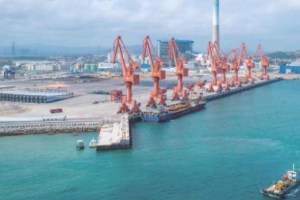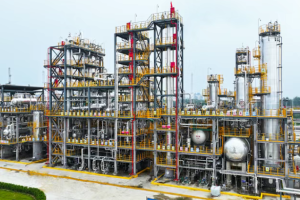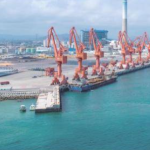July 21, 2025 –
Nylon 66 Revolution: How China’s Chemical Breakthrough is Reshaping Global Supply Chains
A quiet transformation is underway in Shandong’s chemical industry as domestic innovation disrupts longstanding international monopolies in nylon production. Juheshun New Materials’ recent 2.7 billion yuan investment in Zibo reflects the seismic shift occurring in China’s specialty polymers sector, driven by Tianchen Qixiang’s groundbreaking adiponitrile technology.
The breakthrough came when China National Chemical Engineering’s Tianchen Qixiang subsidiary perfected butadiene-based adiponitrile production after a decade of R&D. This critical precursor for nylon 66 – used in everything from space suits to EV battery components – previously relied entirely on expensive imports with lengthy lead times.

“Localizing adiponitrile production changes everything,” explained Juheshun VP Zhang Zhiqiang. “We’re now seeing 40% cost reductions and supply chain reliability we never dreamed of with international suppliers.” The company’s new Zibo facility will leverage these domestic raw materials to serve booming demand from China’s EV and advanced manufacturing sectors.
The technological achievement is remarkable:
• Purity levels exceeding 99.95% through optimized separation processes
• Construction timeline slashed from 36 to 20 months
• 200+ process improvements reducing production costs
• Vertical integration with neighboring Qixiang Tengda for feedstock
This domestic capability couldn’t come at a more crucial time. Global nylon 66 demand is projected to grow 8.3% annually through 2030, driven by lightweighting trends in transportation and electronics. China’s position as both major consumer and now producer positions it uniquely in the evolving specialty chemicals landscape.
The Zibo chemical cluster exemplifies China’s industrial strategy at work. Tianchen Qixiang serves as the “anchor tenant,” attracting downstream manufacturers like Juheshun while coordinating with upstream suppliers. This ecosystem approach has created what industry analysts call “the world’s most vertically integrated nylon production hub.”
With Phase II expansion underway, Shandong is poised to become the nexus of Asia’s nylon 66 supply chain. The province’s combination of technical expertise, infrastructure investment, and policy support offers a blueprint for domesticating other critical material technologies still dependent on imports. For global polymer markets, the implications are profound – China’s chemical independence is advancing one molecule at a time.














